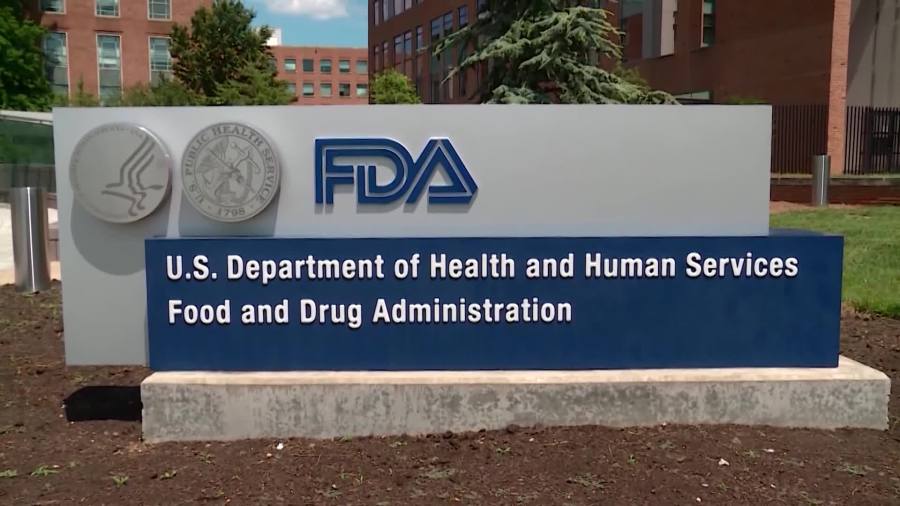The Food and Drug Administration (FDA) has issued draft guidance to facilitate the development of treatments for substance use disorders related to stimulants like cocaine and methamphetamine.
The FDA’s draft guidance lays out the agency’s recommendations on the development of clinical trials for drugs aimed at treating moderate to severe cocaine use disorder, methamphetamine use disorder or prescription stimulant use disorder.
As there is currently no FDA-approved treatment for stimulant use disorder, the guidance noted that recommendations were based on “a number of uncertainties” when it came to what the best approach was.
“Currently there is no FDA-approved medication for stimulant use disorder. When finalized, we hope that the guidance will support the development of novel therapies that are critically needed to address treatment gaps,” said Marta Sokolowska, deputy center director for Substance Use and Behavioral Health under the FDA.
“The guidance is one of the actions within the agency’s Overdose Prevention Framework, which includes appropriate prescribing of prescription stimulants as well as development of evidence-based treatments for stimulant use disorder,” Sokolowska added.
Among the guidance, the FDA recommended conducting studies with people who had separate use disorders — meaning people with cocaine, methamphetamine and stimulant use disorders should be studied separately. The agency also advised the trials should be randomized, double-blind and placebo-controlled, which is considered the “gold standard” of collecting evidence.
Even though urine toxicology testing has historically been used in stimulant use disorder trials to assess how participants respond to treatment, the FDA advised that other measurements be used as well. The FDA said urine toxicology tests don’t indicate “how the subject feels, functions, or survives.”
“We have previously advised that a sustained period of negative urine toxicology findings, indicating abstinence, could be a valid surrogate for clinical benefit,” the agency acknowledged. “However, FDA does not, and has not, advised that the only appropriate endpoint based on urine toxicology results is the number of subjects achieving complete abstinence.”
A public comment window has been opened for this guidance with individuals allowed to submit comments by Dec. 4.
